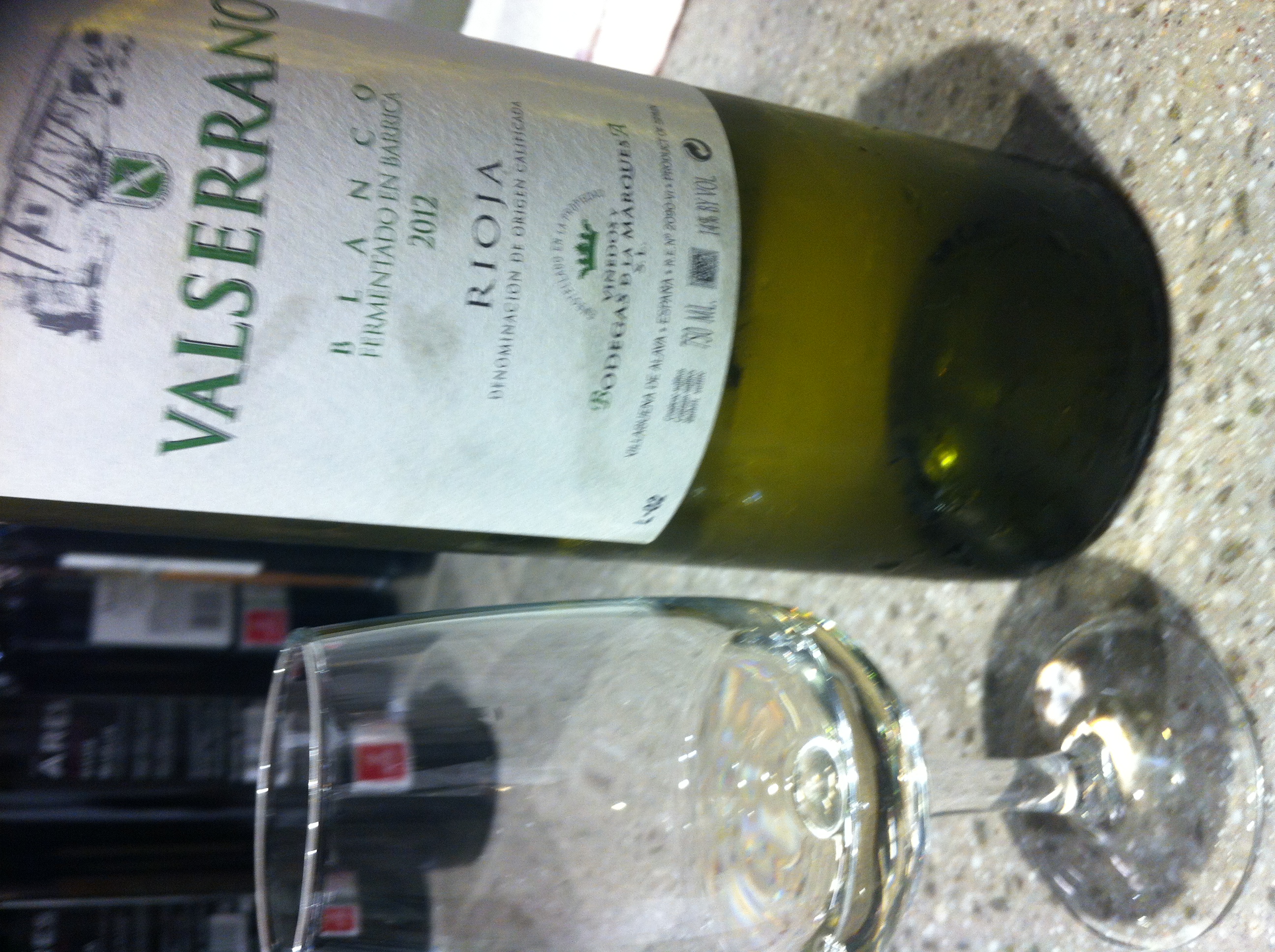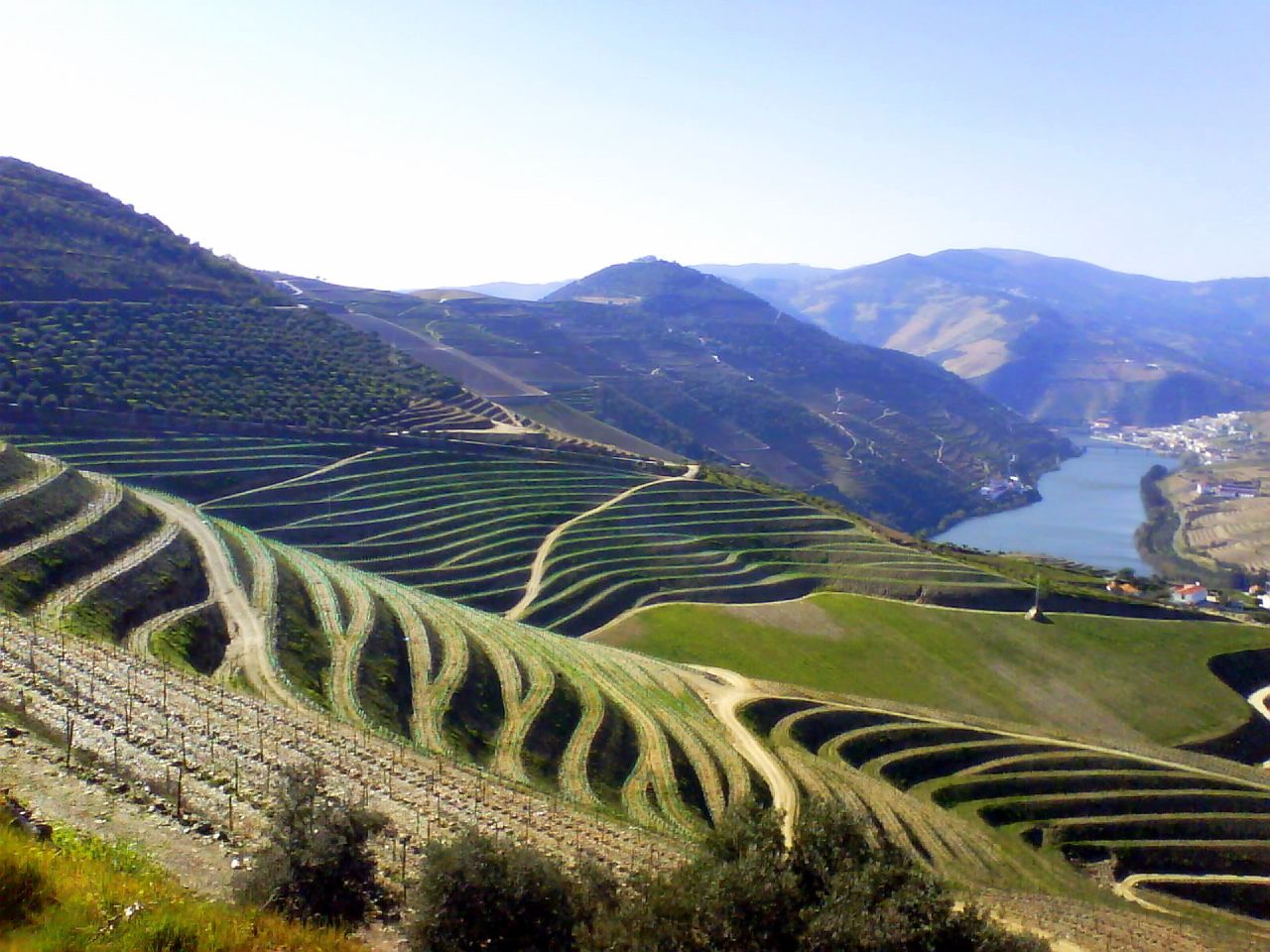|
Treixadura
Treixadura or Trajadura is white Portuguese wine grape variety grown primarily in the Vinho Verde wine region of northeast Portugal and the Galician wine regions of Ribeiro and Rías Baixas in Spain where the variety is known as ''Treixadura''. The grape is primarily a blending variety that adds body and light lemony aromatics to wines. It is most commonly blended with Loureiro and Alvarinho in Rías Baixas while in Ribeiro it is often blended with Torrontés and Lado.J. Robinson ''Jancis Robinson's Guide to Wine Grapes'' p. 189 Oxford University Press 1996 Oz Clarke ''Encyclopedia of Grapes'' p. 270 Harcourt Books 2001 Wine regions In Portugal, Treixadura is primarily found in the Minho wines of Vinho Verde which includes 58,000 hectares (143,300 acres) of DOC plantings near the Spanish border and another 12,000 ha (29,650) outside the DOC boundaries. While Alvarinho is the most widely planted white grape in this region, Treixadura is grown and blended with Alvarinho as ... [...More Info...] [...Related Items...] OR: [Wikipedia] [Google] [Baidu] |
Galician (wine)
Galician wine is Spanish wine made in the autonomous community of Galicia in the northwest corner of Spain. It includes wine made in the provinces of A Coruña, Ourense, Pontevedra and Lugo. Within Galicia are five '' Denominacións de Orixe'' (DO): Monterrei, Rías Baixas, Ribeira Sacra, Ribeiro and Valdeorras. In recent years, the region has seen a resurgence in its wine industry led by the international acclaim being received by the Rías Baixas region for its Albariño wines.J. Robinson (ed) ''"The Oxford Companion to Wine"'' Third Edition pg 295-296, 451, 575, 723 Oxford University Press 2006 Climate and geography Located along the Atlantic coast, Galicia has a very wet climate with average rainfall of more than 50 inches (1,300 mm) a year. The more than 2000 hours of sunshine that the region receives helps contribute to the high humidity of the area. The Serra dos Ancares mountain range forms the border with Castile and León to the east, and the Miño river forms p ... [...More Info...] [...Related Items...] OR: [Wikipedia] [Google] [Baidu] |
Ribeiro (DO)
Ribeiro is a Spanish Denominación de Origen Protegida (DOP) (''Denominación de Orixe Protexida'' in Galician) for wines located in the northwest of the province of Ourense ( Galicia, Spain), in the valleys formed by the rivers Miño, Arnoia, and Avia. It has an area of 30 km2 including 9 municipalities in their entirety and parts of four others. History Ribeiro has a long tradition of producing and exporting wine from the Galician Atlantic ports. It is believed that the first vineyards were planted by the ancient Romans. From the Middle Ages up to the 18th century, the area was renowned for its sweet wines (''vinos tostados''), which were produced here long before they were produced in the Canary Islands or in Andalusia. They were made from sun-dried grapes and were known as ''Ribadavia''. They were drunk by the pilgrims passing through the area on their way to Santiago. Significant quantities of white fortified ''Ribadavia'' wines were exported to England in the 17 ... [...More Info...] [...Related Items...] OR: [Wikipedia] [Google] [Baidu] |
Rías Baixas (DO)
Rías Baixas is a Spanish Denominación de Origen (DO) (''Denominación de Orixe'' in Galician) for wines located in the province of Pontevedra and the south of the province of Corunna in the autonomous community of Galicia, Spain. It is renowned for its white wines made from the Albariño grape variety. Its headquarters is located in the city of Pontevedra. History It is believed that the Albariño grape was introduced to the area in the 12th century by the Cistercian monks of the Monastery of Armenteira. The sub-zones of ''Rosal'' and ''Condado'' have a long history of grape growing and wine production and have their own traditional styles. The ''Salnés'' sub-zone only recently began to produce Albariño wines, for local sales to bars and restaurants. Rías Baixas acquired its official status as a ''Denominación de Origen'' (DO) in 1988. This replaced the earlier ''"Denominación Específica Albariño"'' status which had been granted in 1980. Its ''Consejo Regulador'' ... [...More Info...] [...Related Items...] OR: [Wikipedia] [Google] [Baidu] |
Grape Variety
This list of grape varieties includes cultivated grapes, whether used for wine, or eating as a table grape, fresh or dried (raisin, currant, sultana). For a complete list of all grape species including those unimportant to agriculture, see Vitis. The term ''grape variety'' refers to cultivars rather than actual botanical varieties according to the International Code of Nomenclature for Cultivated Plants, because they are propagated by cuttings and may have unstable reproductive properties. However, the term ''variety'' has become so entrenched in viticulture that any change to using the term ''cultivar'' instead is unlikely. Single species grapes While some of the grapes in this list are hybrids, they are hybridized within a single species. For those grapes hybridized across species, known as interspecific hybrids, see the section on multispecies hybrid grapes below. ''Vitis vinifera'' (wine) Red grapes White grapes Rose Grapes ''Vitis vinifera'' (table) ... [...More Info...] [...Related Items...] OR: [Wikipedia] [Google] [Baidu] |
Monterrei DO
Monterrei is a Spanish Denominación de Origen Protegida (DOP) (''Denominación de Orixe Protexida'' in Galician) for wines located in the southeast corner of the province of Ourense in ( Galicia, Spain). It covers the municipalities of Verín, Monterrei, Oimbra and Castrelo do Val. Long a neglected DO, Monterrei became suddenly relevant and production has boomed as some of its wines were praised by wine critic Robert M. Parker, Jr. in March 2008 History It is believed that it was the ancient Romans who first introduced grape growing and wine making in this region. The wines from Monterrei were renowned during the Middle Ages. As Federico Justo Méndez stated in his book Brotes ''de Raíces Históricas'': “The wines from the Monterrei valley, due to their excellent quality, were on a par with the wines from Porto, and for a time were sold all over Latin America”. Exports increased during the reign of Philip II, especially as the 5th Count of Monterrei was nominated vicer ... [...More Info...] [...Related Items...] OR: [Wikipedia] [Google] [Baidu] |
Vitis Vinifera
''Vitis vinifera'', the common grape vine, is a species of flowering plant, native to the Mediterranean region, Central Europe, and southwestern Asia, from Morocco and Portugal north to southern Germany and east to northern Iran. There are currently between 5,000 and 10,000 varieties of ''Vitis vinifera'' grapes though only a few are of commercial significance for wine and table grape production. The wild grape is often classified as ''Vitis vinifera'' ''sylvestris'' (in some classifications considered ''Vitis sylvestris''), with ''Vitis vinifera'' ''vinifera'' restricted to cultivated forms. Domesticated vines have hermaphrodite flowers, but ''sylvestris'' is dioecious (male and female flowers on separate plants) and pollination is required for fruit to develop. Grapes can be eaten fresh or dried to produce raisins, sultanas, and currants. Grape leaves are used in the cuisine of many cultures. The fresh grapes can also be processed into juice that is fermented to make wine ... [...More Info...] [...Related Items...] OR: [Wikipedia] [Google] [Baidu] |
Avesso
Avesso is a white Portuguese wine grapeAvesso , accessed on June 27, 2010 planted primarily in the Minho region of Portugal. It can make full-bodied aromatic wines. s believe it may be related to the Portuguese grape Jaen. J. Robinson ''Jancis Robinson's Wine Course'' Third Edition pg 100 Abbev ... [...More Info...] [...Related Items...] OR: [Wikipedia] [Google] [Baidu] |
Portuguese Grape Variety
Portugal's history of viticulture and vinification covers many centuries and has included the use of an extensive number native varieties. In addition, through experimentation and field trials a number of new varieties have emerged and are now playing key roles in producing the country's wide array of wines. The relative absence of many international varieties such as Cabernet Sauvignon, Chardonnay and Semillon is another characteristic of this country's wine industry, although in recent decades many of these varieties have been brought into wider use as the lists below reveal. Portugal's wine production in 2019 was 6.5 million hectolitres (Mhl), consistent with its annual average since 2015, and the forecast for 2020 is also 6.5 Mhl. This industry makes an important contribution to the country's annual income by attracting a vigorous local market and by being exported all over the world with France, the United States, the United Kingdom, Brazil and Germany as the main destinatio ... [...More Info...] [...Related Items...] OR: [Wikipedia] [Google] [Baidu] |
Vitis International Variety Catalogue
The Vitis International Variety Catalogue (VIVC) is a database of various species and varieties/cultivars of grapevine, the genus ''Vitis''. VIVC is administered by the Geilweilerhof Institute for Grape Breeding (''Institut für Rebenzüchtung Geilweilerhof'') in Siebeldingen, Germany, and contains information from grapevine collections existing in various institutes of viticulture around the world. As of April 2009, the information in the database brought together information from 130 institutions located in 45 countries, and contains about 18,000 entries. The database was started in 1983, and has been available online since 1996. Its initial creation was supported by the International Organisation of Vine and Wine and the International Board for Plant Genetic Resources, a forerunner of Bioversity International. The purpose of the VIVC database is to provide documentation on available grapevine genetic resources, and to be a source of information to grape breeders, viticultural ... [...More Info...] [...Related Items...] OR: [Wikipedia] [Google] [Baidu] |
Macabeo
Macabeo, also called Viura or Macabeu (, ), is a white variety of wine grape. It is widely grown in the Rioja region of northeastern Spain, the Cava producing areas south of Barcelona, and the Languedoc-Roussillon region of France. Spanish plantations stood at nearly in 2015, making it the second most grown white grape variety in Spain. In France, plantations accounted for in 2007. Since 2009, some Macabeo is grown in Israel. Styles and winemaking  The grape is mostly used to make mildly acidic and young white wines mostly suitable for early co ...
The grape is mostly used to make mildly acidic and young white wines mostly suitable for early co ...
[...More Info...] [...Related Items...] OR: [Wikipedia] [Google] [Baidu] |
Albilla
Albillo or Albillo Real is a white Spanish wine grape varietyAlbillo Real , , accessed on June 26, 2010 planted primarily in the region, and also in , and [...More Info...] [...Related Items...] OR: [Wikipedia] [Google] [Baidu] |
Caíño Blanco
Caíño blanco or Cainho branco is a white Spanish and Portuguese wine grape variety that is grown in northwest Spain and northern Portugal in a stretch of area between Vinho Verde and the '' Denominación de Origen'' (DO) of Rías Baixas. The grape is often confused for Albariño and in Vinho Verde it is sometimes known under the name ''Alvarinhão'' (a synonym shared with another Portuguese grape, Fernão Pires). While DNA profiling conducted in the early 21st century has shown that the two grapes are distinct varieties, the evidence has suggested that Caíño blanco maybe an offspring of Albariño from a natural crossing with the red Portuguese wine grape Azal tinto (also known as Caíño Bravo).J. Robinson, J. Harding and J. Vouillamoz ''Wine Grapes - A complete guide to 1,368 vine varieties, including their origins and flavours'' pgs 148-149 Allen Lane 2012 History Ampelographers believe that Caíño blanco is native to the northwest Iberian peninsula and was likely the r ... [...More Info...] [...Related Items...] OR: [Wikipedia] [Google] [Baidu] |


